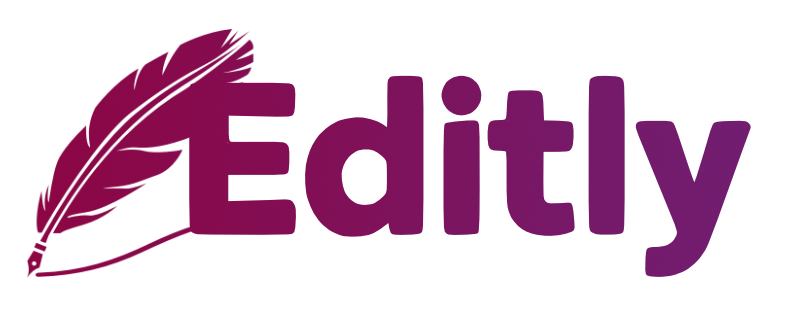The invisible friction between your client and their website
Most websites don’t fail because of broken buttons or ugly design. They fail in silence — unused, untouched, collecting dust. And it’s not always your fault. The real culprit? Invisible friction. The subtle, silent obstacles that keep your clients from feeling at home in the tool you built for them.
You delivered a sleek, functional site. They smiled. They paid. But weeks later, nothing’s been updated. No new blog posts. No promo banners. No news. Why?
It’s not laziness — it’s discomfort
Clients don’t update their website because it’s hard. Or at least, it feels hard. Even when you think you’ve simplified everything. The admin menu is full of unfamiliar terms. The builder is complex. The fear of breaking something is real.
So they hesitate. They open the dashboard, poke around, close the tab, and send you a WhatsApp instead: “Hey, can you change the date for me?”
Friction isn’t loud — but it’s expensive
Every time your client avoids touching their site, a few things happen:
- They lose time (waiting for you)
- You lose time (handling micro-requests)
- The site loses freshness (outdated info = lost trust)
This is the invisible tax of a poorly optimized client experience. And over time, it chips away at the value of your work — and the trust they place in your process.
Designing for confidence, not just control
We often think about permissions: “Can the client access this?” But a better question is: “Will they feel safe doing it?”
This is where tools like Editly make a difference. Instead of handing over the full builder (with all its power and risk), you offer a clean, tailored interface where they can edit text, nothing more. It’s just enough power to stay agile — without the stress.
Other solutions help too:
- Custom roles with simplified dashboards
- Hiding unused menus with Admin Menu Editor
- Short video walkthroughs post-launch
Your site may be “done” — but is it usable?
Usability isn’t just about UI/UX for visitors. It’s about the backend experience for your client. And if that experience is confusing or intimidating, your site isn’t finished. Not really.
It’s like handing over a beautiful car — with a dashboard full of unlabeled buttons. Sure, it runs. But they’ll never drive it with confidence.
Reducing friction builds long-term trust
When you remove invisible blockers, something shifts. Your client starts to publish more. Edit faster. Ask fewer panicked questions. They stop seeing their website as a fragile object — and start seeing it as a tool.
And when that happens, they don’t just thank you — they recommend you.
